Lotus Eletre Debut Sebagai SUV Pertama Syarikat
Lotus Eletre telah memulakan kerjayanya selepas bertahun-tahun berada di peringkat prototaip sebagai Type 132.
Selepas bertahun-tahun dalam pembangunan, Lotus akhirnya mendedahkan SUV pertama mereka – Lotus Eletre. “Hyper-SUV” serba elektrik ini mengembangkan jenama ke arah gaya hidup untuk memenuhi set pelanggan yang lebih besar dalam generasi akan datang sambil mengekalkan ciri-ciri pemanduan dan pengendalian yang terkenal syarikat.
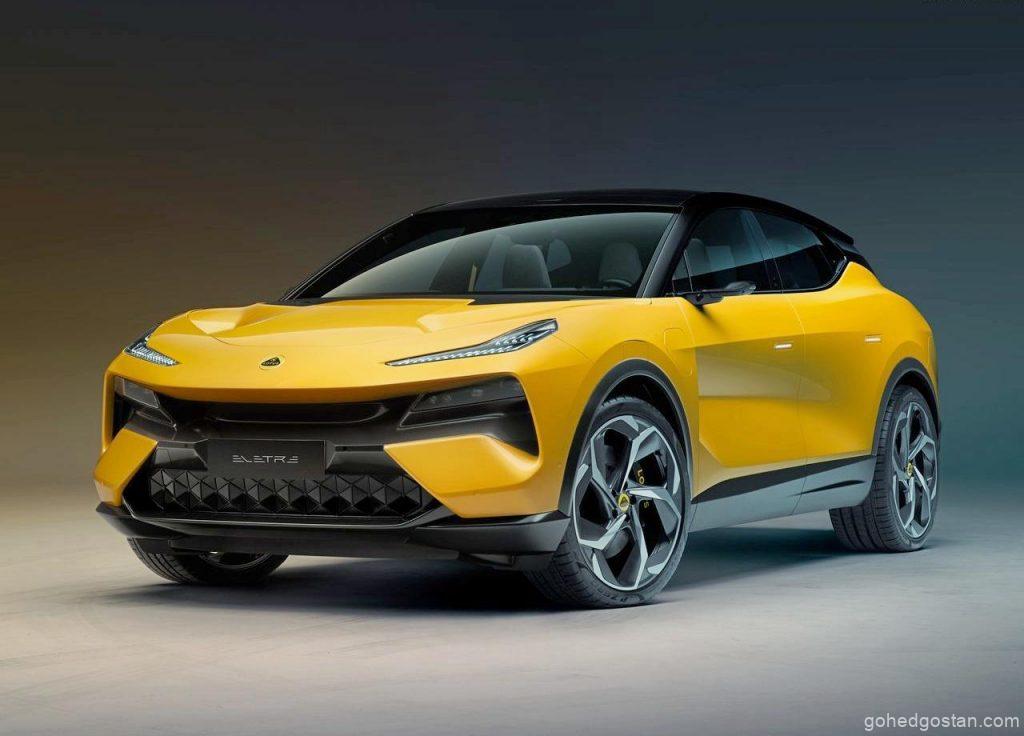
Ia juga merupakan kereta pengeluaran lima pintu pertama jenama itu dan kereta bukan sukan pertama yang dibina oleh mereka dengan kecekapan teknologi dan digital yang datang daripada kilang China mereka, penyepaduan komponen dan ujian ketahanan yang dilakukan di Pusat Inovasi Raunheim mereka, dan Sistem pengurusan EV yang datang dari Gothenburg, Sweden.
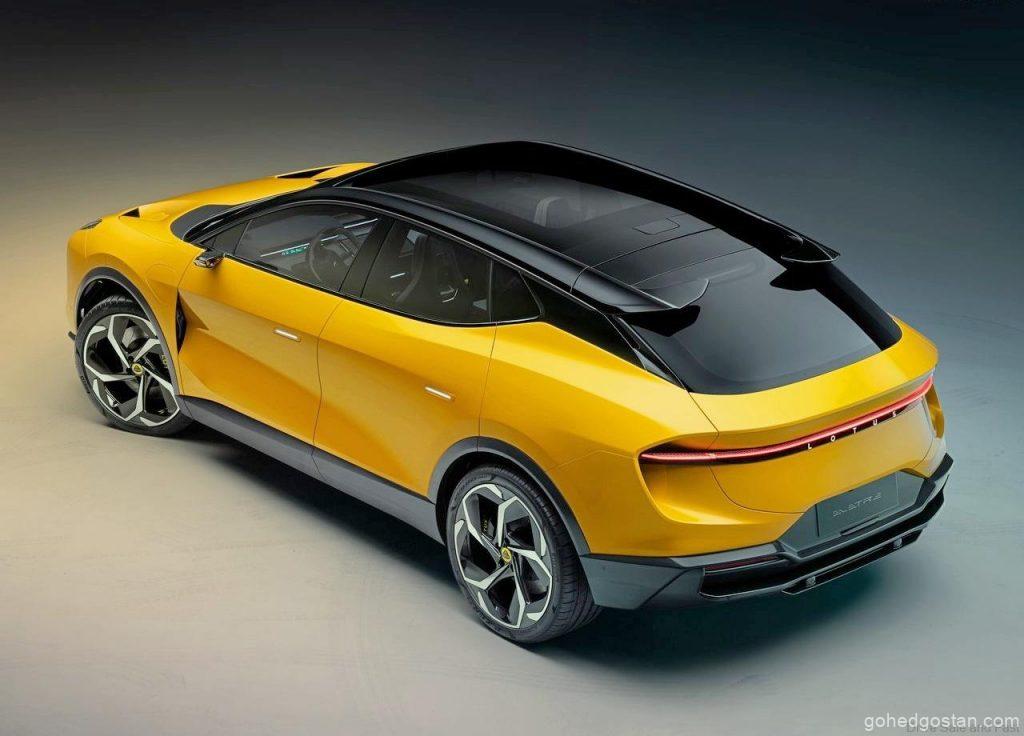
Lotus Eletre terletak di atas Seni Bina Premium Elektrik 800V serba baharu yang diperbuat daripada aluminium dan keluli tegangan tinggi. Pek bateri gaya papan selaju >100kW terletak rendah dan di tengah manakala dua motor elektrik menghantar kuasa kepada keempat-empat roda. Jumlah keluaran kuasa ialah 600 kuasa kuda dan julat dianggarkan 600km pada kitaran WLTP.
Mengecas melalui pengecas DC Fast 350kWj sepatutnya menjanakan jarak pemanduan sejauh 400km dalam masa 20 minit sahaja. Pengecasan AC 22kW juga diterima.
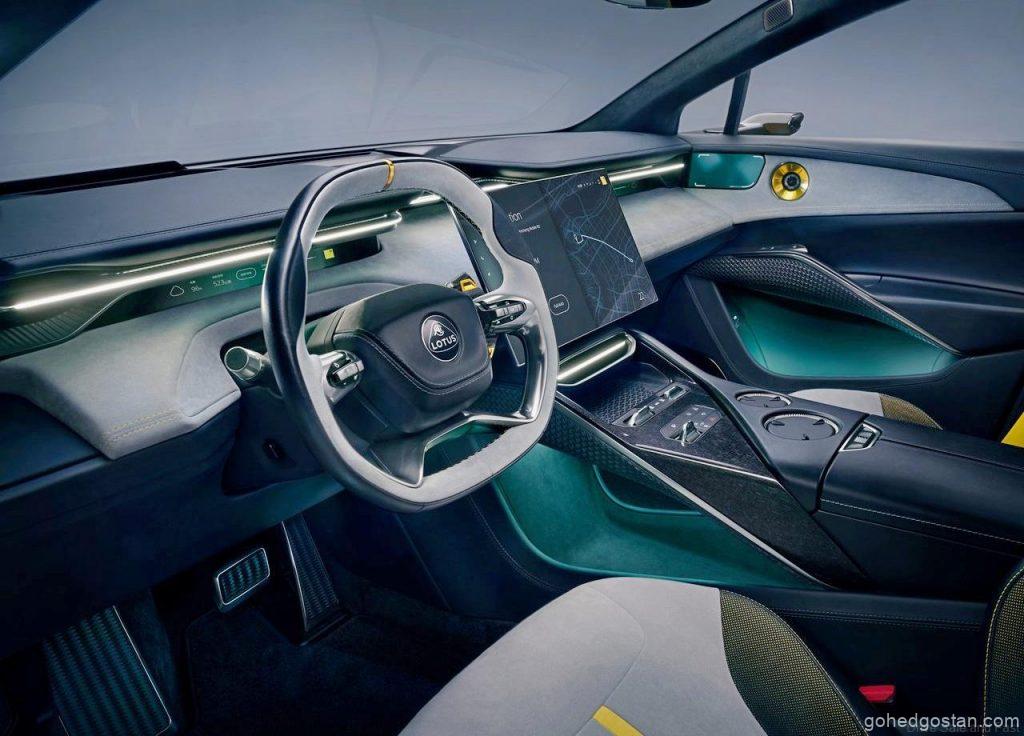
Sistem pacuan elektrik tiga dalam satu yang padat dan ringan menyepadukan setiap motor dengan pengawal dan pengurang. Casis mendapat suspensi lima pautan di bahagian belakang dan suspensi udara adalah standard bersama dengan Kawalan Redaman Berterusan. Ketinggian tunggangan aktif, stereng gandar belakang aktif, bar anti-roll aktif dan vektor tork melalui brek semuanya adalah pilihan.
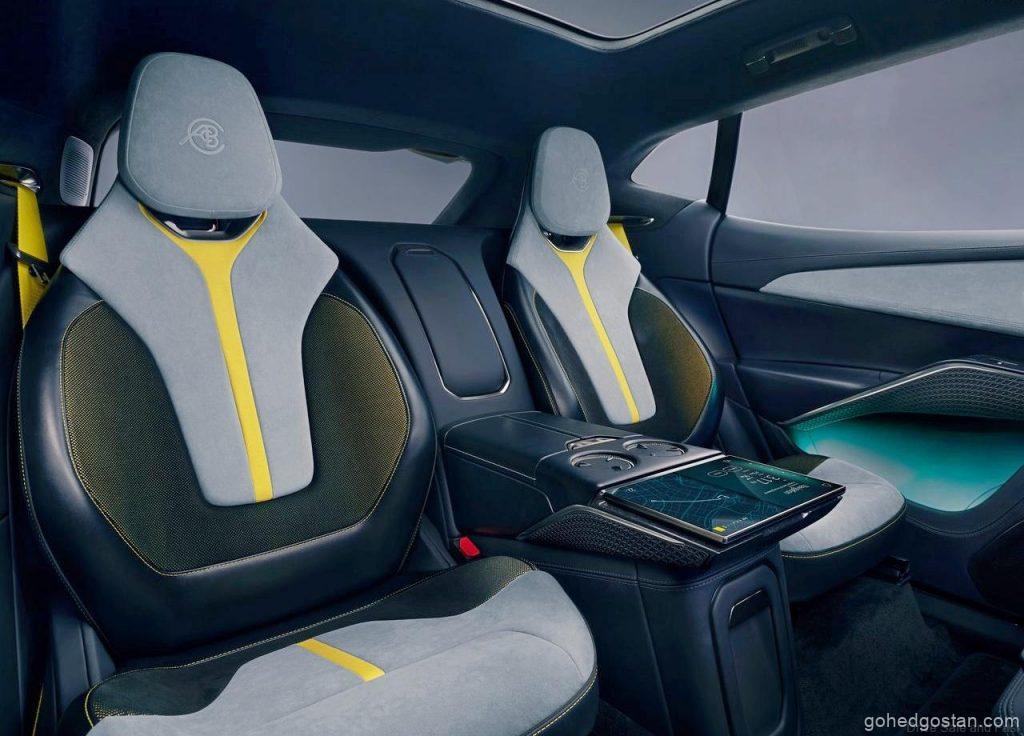
Eletre akan dijual di seluruh dunia, bermula di China, UK dan Eropah pada 2023.
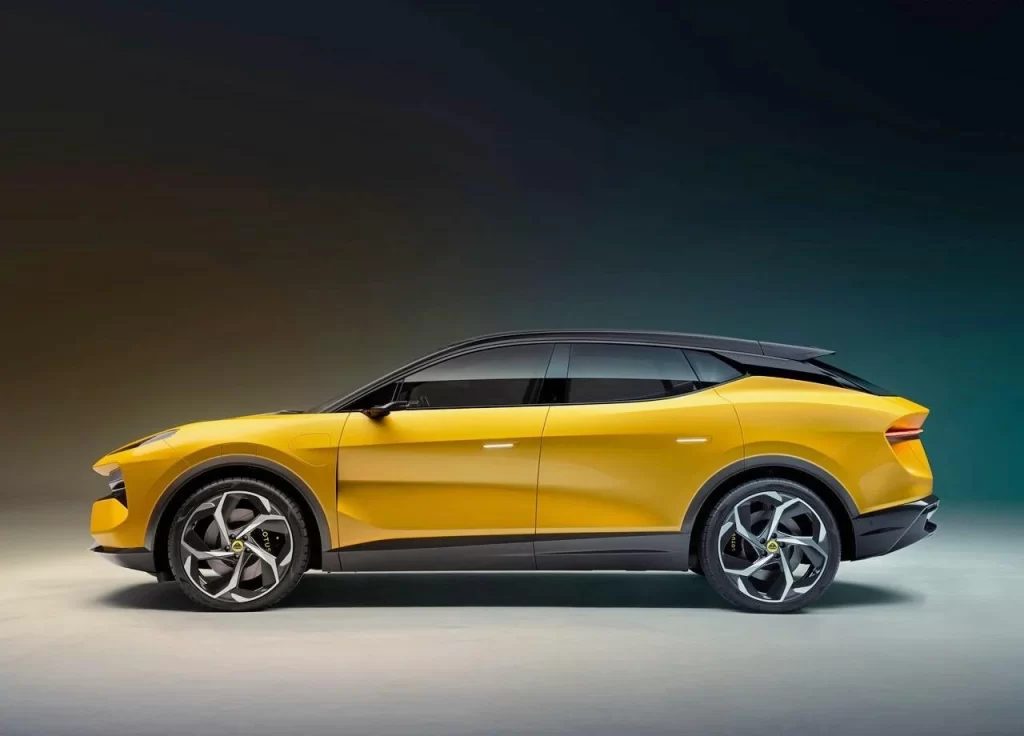
Berikut ialah siaran media Lotus Cars dengan butiran lanjut.
MEDIA RELEASE
The Lotus Eletre in detail
The Eletre is a new icon from Lotus. It is the latest in a long line of Lotus road cars whose name begins with the letter E, and means ‘Coming to Life’ in some Eastern European languages. It’s an appropriate link as the Eletre marks the start of a new chapter in the history of Lotus – the first accessible EV and the first SUV.
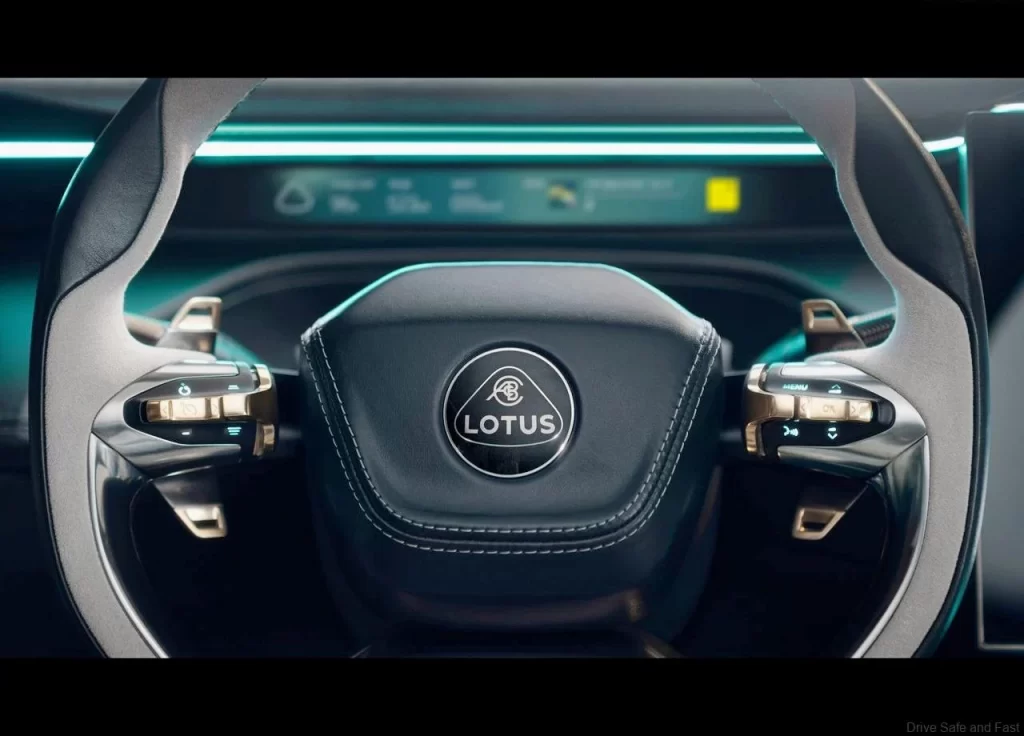
The immersive experience with the Lotus Eletre begins before the driver has reached the car. Pressing the button on the key or smartphone app activates a moment of theatre that’s unique in the automotive world. The car’s exterior lights run through a short sequence, the active front grille ‘breathes’ and the illuminated flush door handles deploy. The experience is repeated inside the car as the door closes behind the occupant.
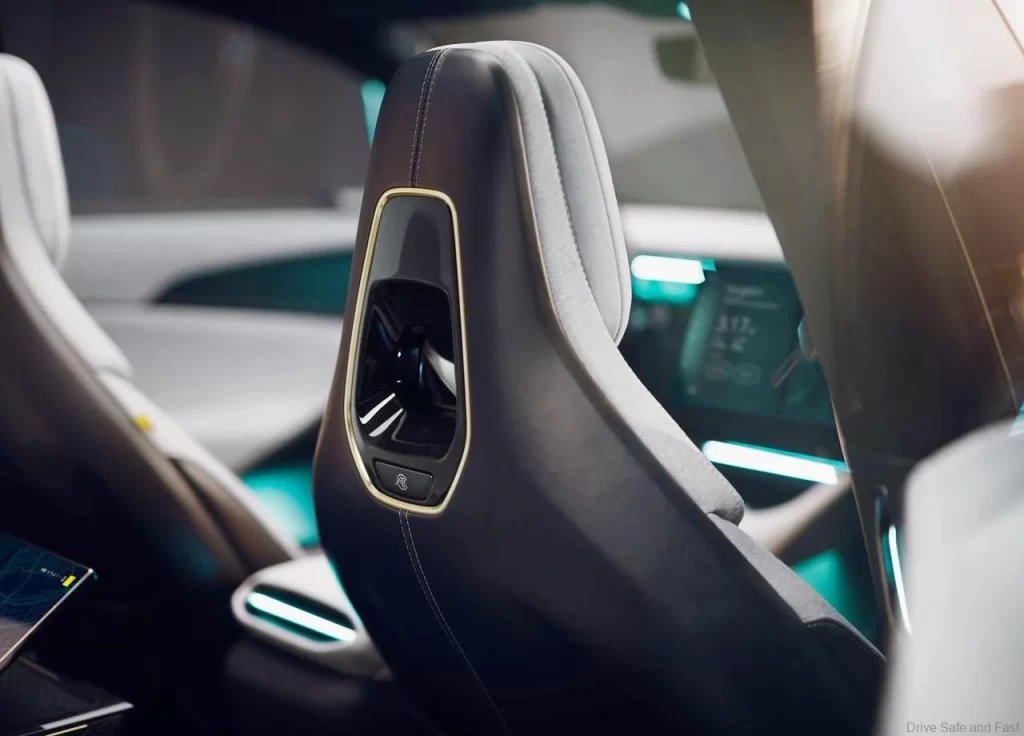
From the very earliest discussions about the car and its position at the heart of the Vision80-led transformation of Lotus, the Eletre was to be a showcase for how a Lotus can deliver performance-oriented driving thrills and refinement outside of the traditional sports car segments.
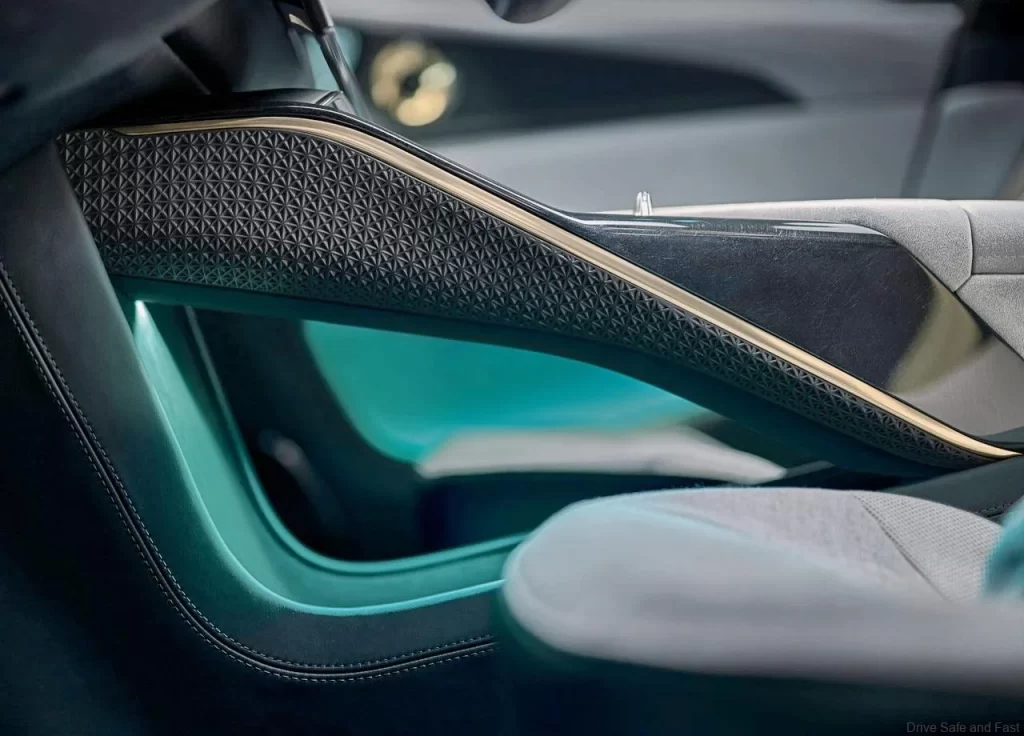
It is ‘Born British Raised Globally’ and that is more than a slogan. It has defined a rewarding collaborative process which has set the standard for the development and quality of the next generation of Lotus performance cars.
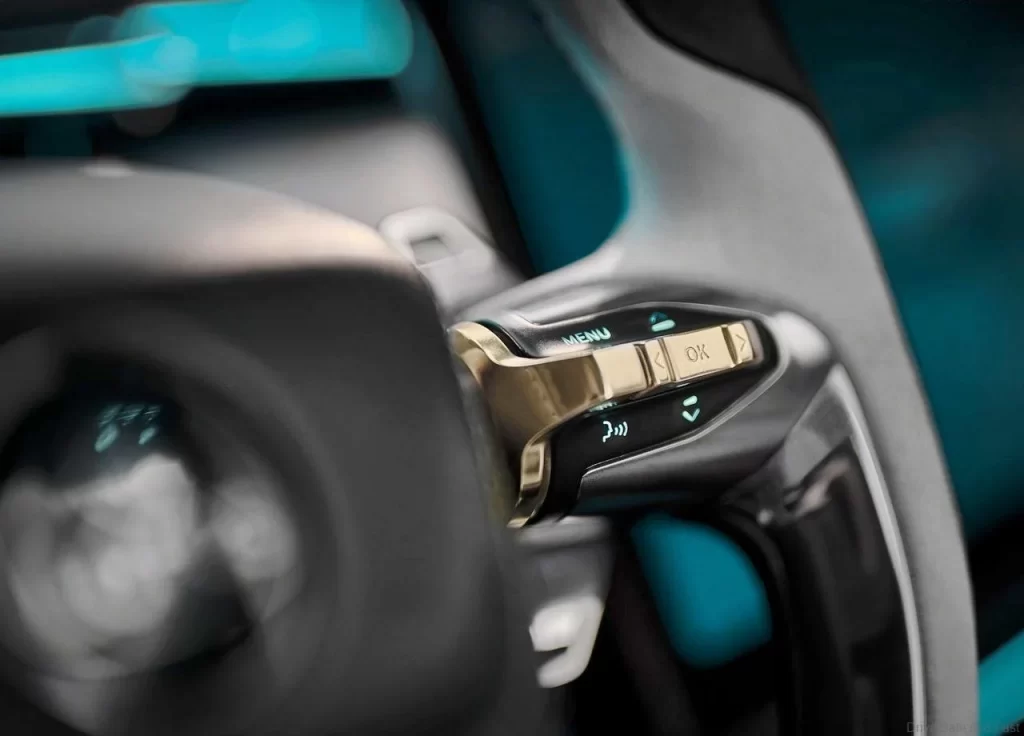
The fundamentals of what makes the Eletre a Lotus were established in Hethel, UK – the iconic home of Lotus since 1966. The global Lotus team worked together to deliver the strategic direction for the forthcoming range of Lotus lifestyle vehicles, plus the dynamic development, systems integration, aerodynamic optimisation and overall driver satisfaction of the Eletre.
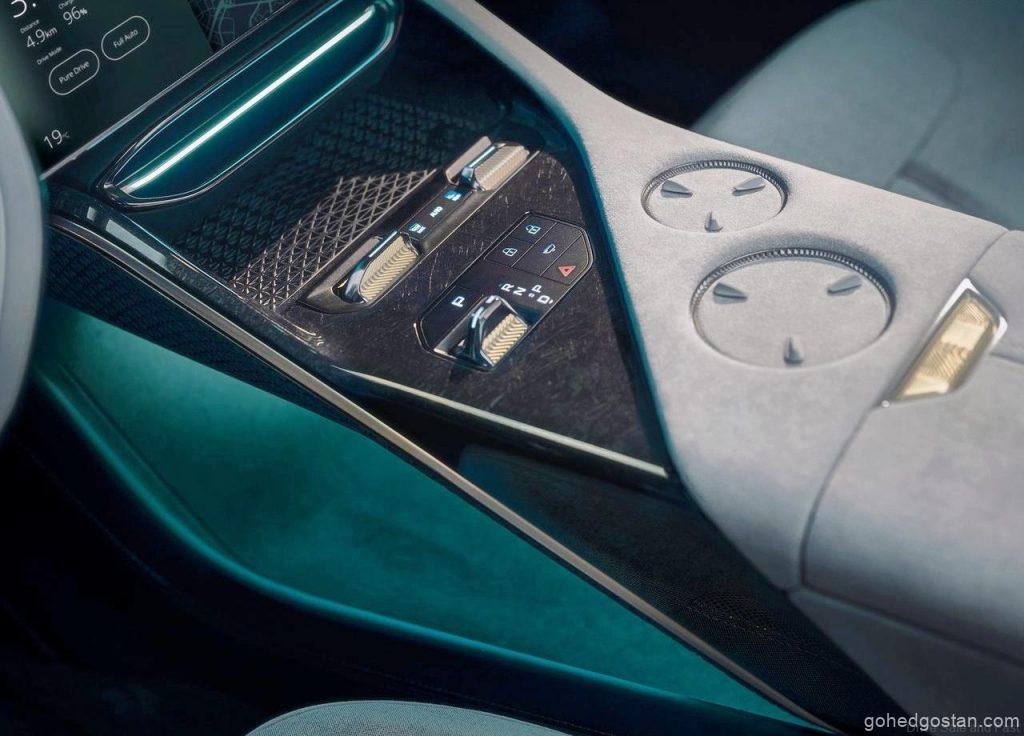
A new Lotus research and development facility, established in China in 2020, utilises the market’s leading intelligent technologies and digital competencies to build the Eletre – and a new generation of electric high performance vehicles – at an all-new state-of-the-art manufacturing centre. Teams at Lotus Tech Innovation Centre (LTIC) in Raunheim, Germany, have assisted with component integration, durability testing, certification and homologation, with experts from the engineering team in Gothenburg, Sweden, working on the car’s EV management systems.
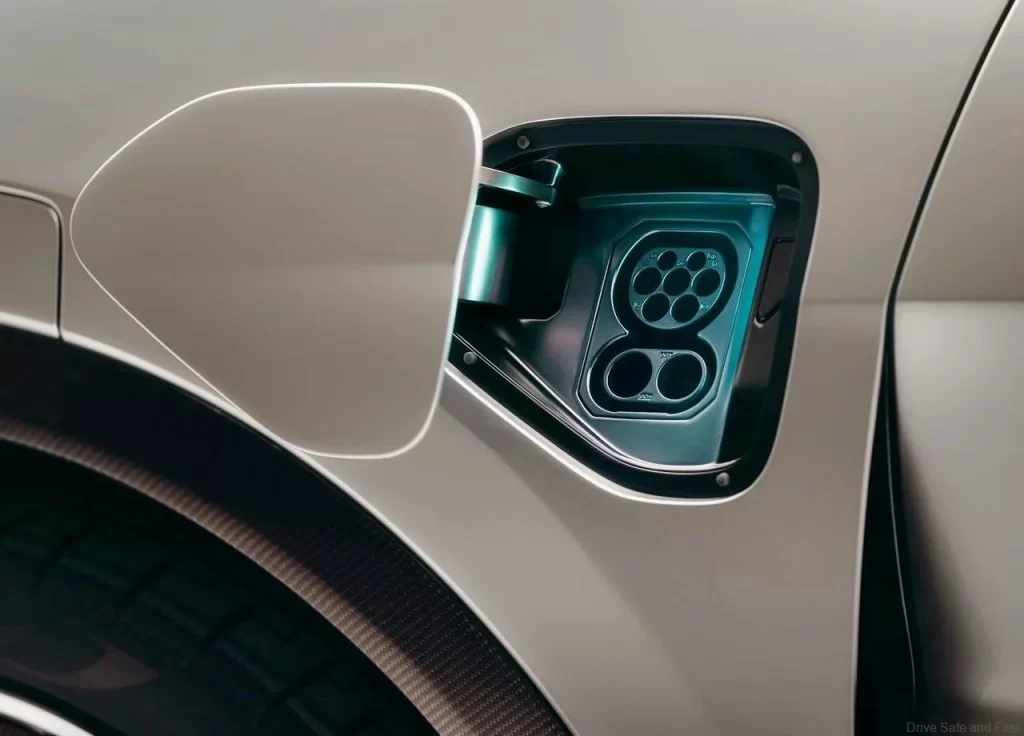
Exterior design: daring and dramatic
Design of the Lotus Eletre has been led by Ben Payne. His team has created a daring and dramatic new model with a cab-forward stance, long wheelbase and very short overhangs front and rear. Creative freedom comes from the absence of a petrol engine under the bonnet, while the short bonnet echoes the styling cues of Lotus’ iconic mid-engined layout. Overall, there’s a visual lightness to the car, creating the impression of a high-riding sports car rather than an SUV. The ‘carved by air’ design ethos which inspired the Evija and Emira is immediately obvious.
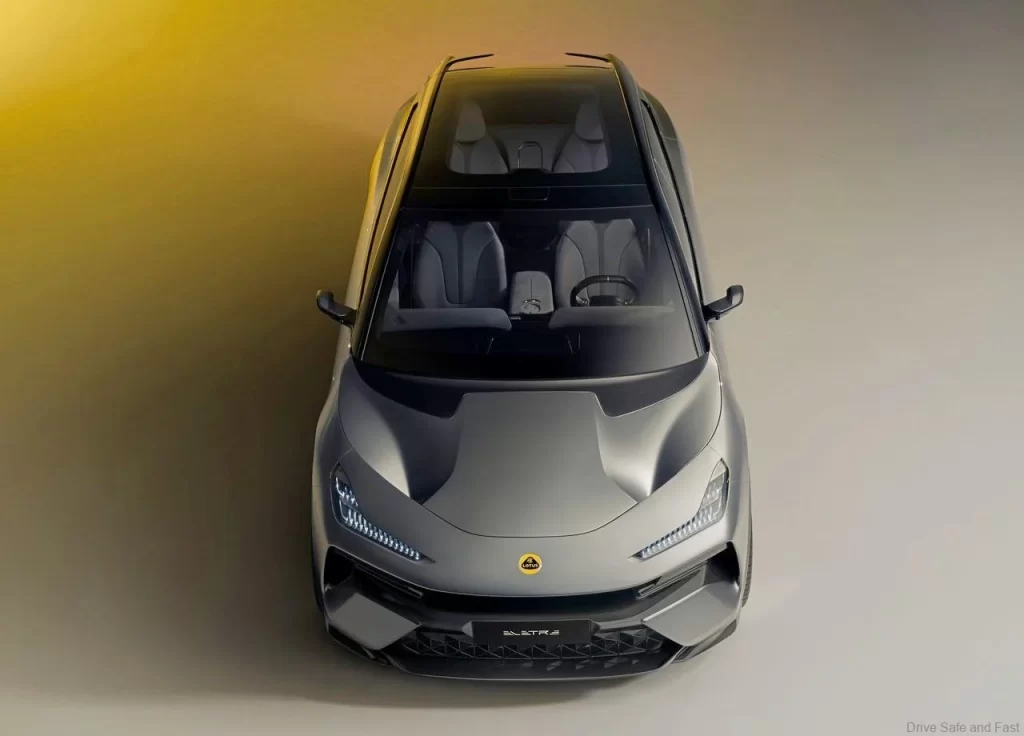
A signature element of the design is its ‘porosity’ – the aerodynamic principle of air flowing through the car as well as under, over and around it. Porosity was at the heart of the Evija’s design, is integral to the Emira, and has provided clear inspiration for the Eletre. It is most obvious where air is channelled under the leading edge of the car, emerging through two exit vents in the bonnet above. There are other examples of porosity ahead of and behind the front wheel arches, behind the rear wheels, and even at the top of the D-pillar. For the driver there are clear benefits to porosity – less resistance in cutting through the air, delivering a more efficient journey in terms of improved vehicle range, speed and performance.
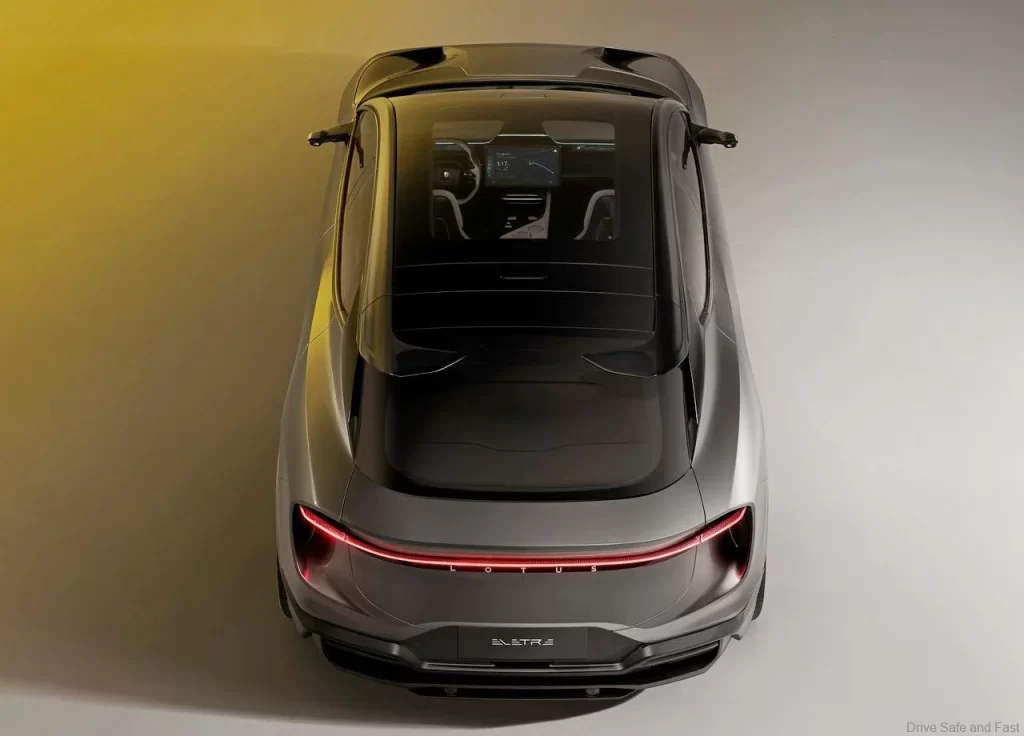
At the front of the Eletre, the very sharp and crisp leading edge reveals a clear lineage with the Emira and Evija. It draws a distinct line across the very striking and contemporary design treatment below. There are further echoes of Evija in the layering of the surfaces, the creation of space and the optimised aerodynamic performance.
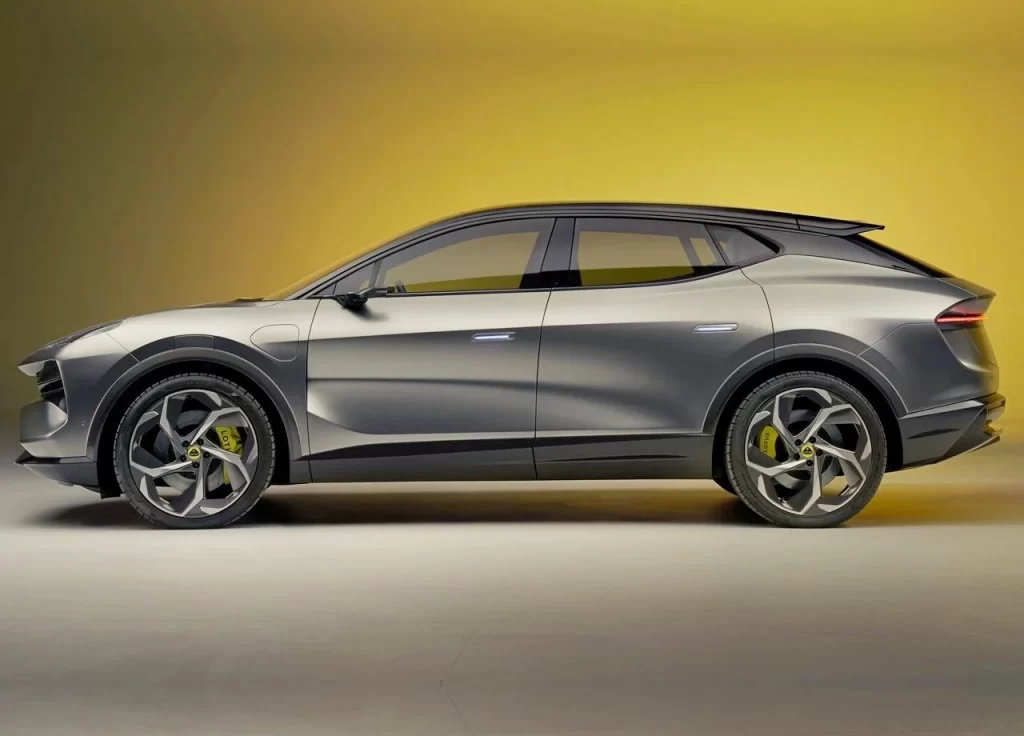
Just above the leading edge are the very slim and technical light clusters which house the Daytime Running Lights and scrolling directional indicators. The main lamps, which are available with matrix technology to permit constant high beam use without affecting oncoming traffic, are housed below, recessed and partially hidden.
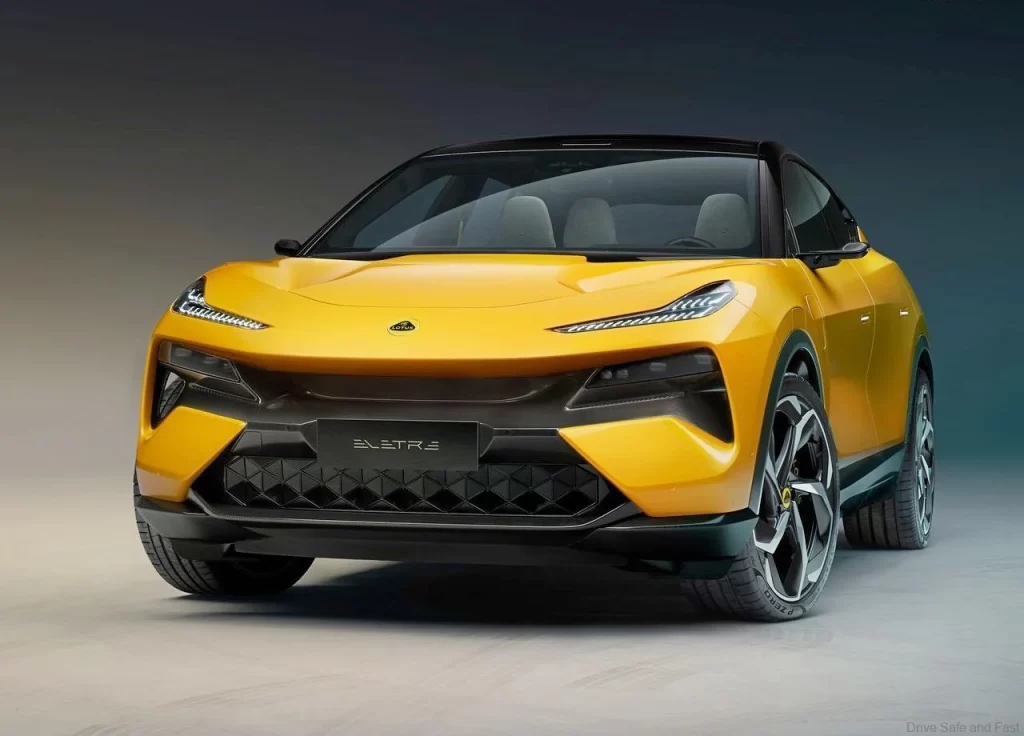
Lower down is the Lotus Eletre’s active front grille, a network of interconnecting triangular petals that dominate the central section. Intricately designed, they remain closed when the car is at rest or when there’s a need to reduce drag during driving. They open in a distinctive pattern to feed air into the radiator, allowing the Eletre to ‘breathe’ when cooling of the electric motors, battery pack and front brakes is required. It’s a further example of the car’s porosity and also offers aerodynamic benefits.

Overall there is a unique sense of flow and a kinetic quality to the Eletre’s front end, which also includes a deployable LIDAR sensor mounted at the top of the windscreen. All the black components are finished in carbon fibre while the body panels are aluminium. It is the bold leading edge of the Eletre’s bonnet which continues round into the front wing, wheel arch and ultimately the length of the vehicle as a feature line. The car’s taut and muscular lines are dominant above it, while the aerodynamic elements are below.

Moving round the car, its muscular haunches dominate the profile view. The air outlet immediately behind the front wheels defines the sculpted shape of the doors, each of which has a flush handle. The electrically opening cover for the charging port is fitted in the front wing, as are the deployable LIDAR sensors, one on each side and a world-first technology for the Eletre.
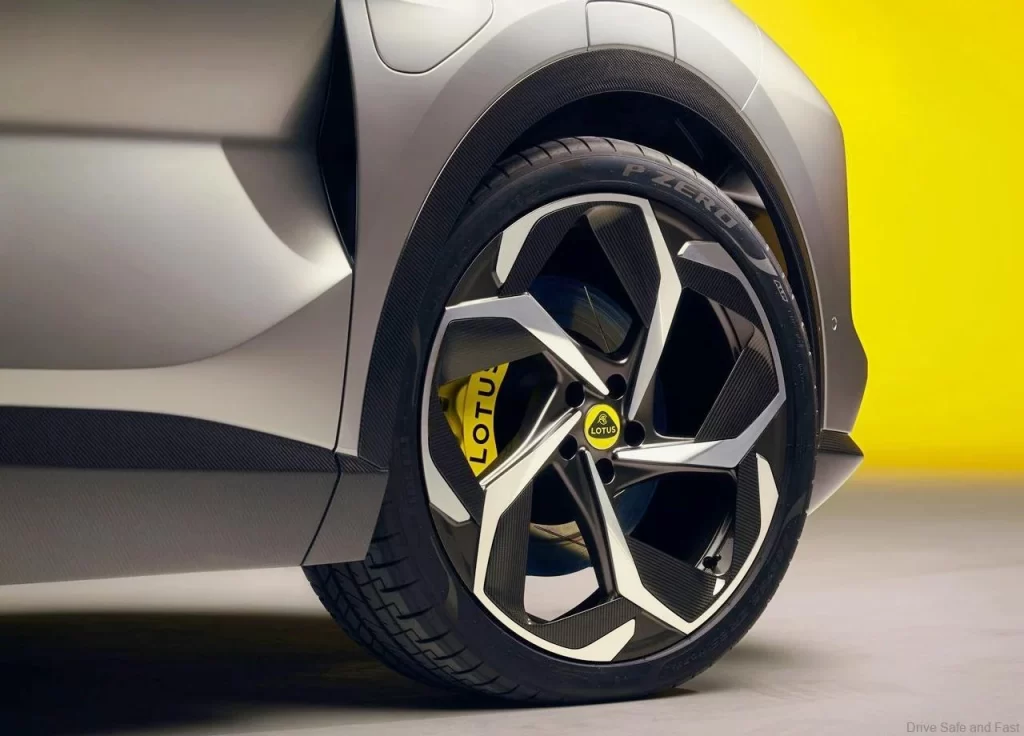
The aggressive rake of the windscreen is clearly visible in profile, with a relatively narrow, glass area – and black cantrail above – which tapers away dramatically at the rear. That leads into a unique floating D-pillar, engraved with the Eletre wordmark and featuring an innovative ‘air blade’ which aids drag reduction. Another example of porosity, it’s an aerodynamic performance enhancement taken directly from the front bumper of the Emira.
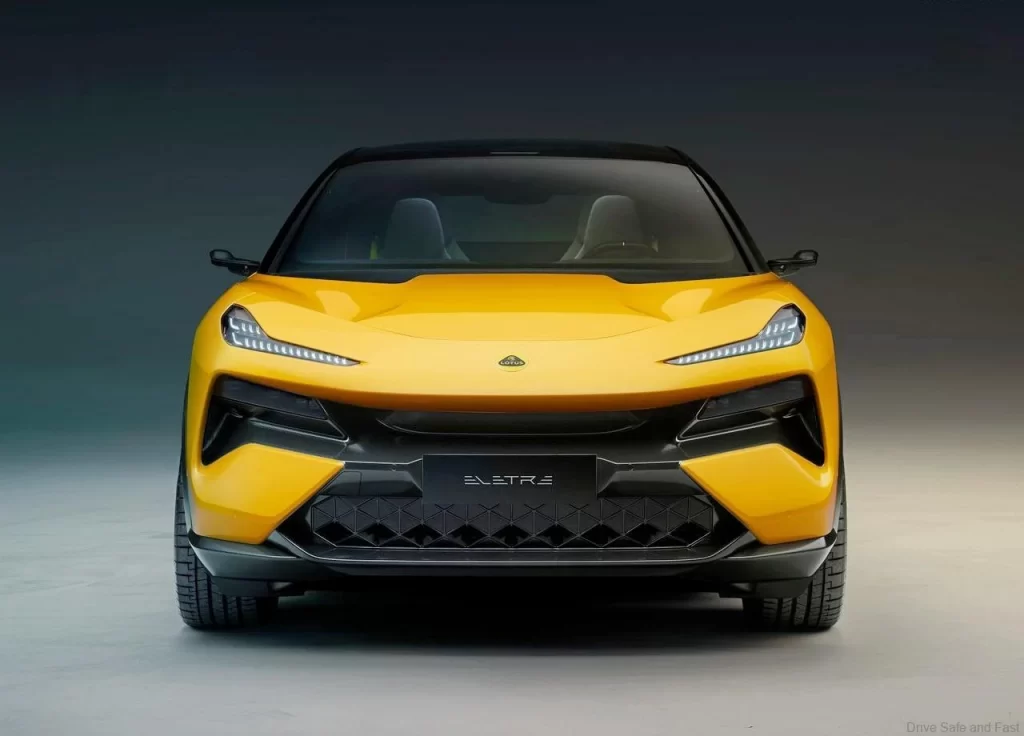
Each door mirror is replaced by an Electric Reverse Mirror Display (ERMD), which houses three different cameras – one for the rear-view mirror, a second to help create a 360-degree view of the car from above to aid parking, and a third that’s part of the intelligent driving technologies. It works in tandem with the Eletre’s LIDAR system to deliver autonomous driving capability. The car rides on 23-inch machine-cut split-finish five-spoke alloys with carbon fibre inserts to aid air flow and ceramic composite 10-piston caliper brakes.
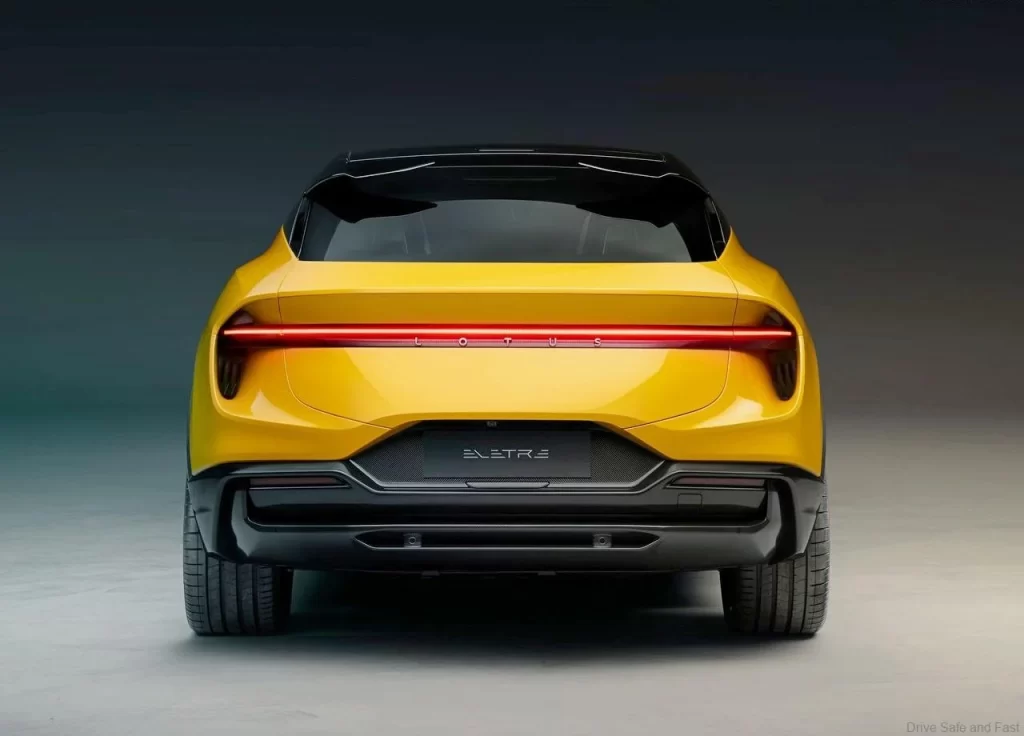
Moving to the rear, the full-width ribbon light strip picks up the feature line from the profile. Situated just above the Lotus wordmark, it is red when the car is moving and includes a scrolling directional indicator at each end, where it curves gently into the air outlets from the wheel arches – another design cue which echoes both the Emira and Evija. The light can appear in four colours, playing a role in the car’s theatrical unlocking sequence and indicating battery charge status.
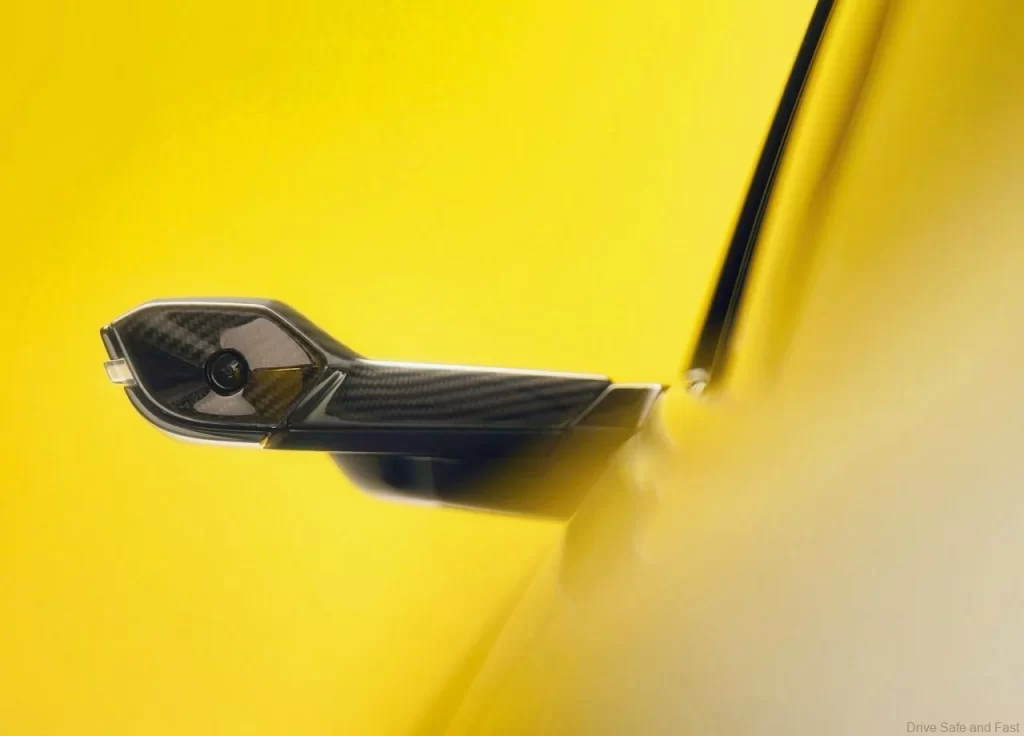
The rear is dominated by the unique cantilevered carbon fibre ‘floating’ split roof spoiler, a motorsport-inspired design feature that evokes race car winglets. With the central section removed weight is saved – a very Lotus concept – and allows the LIDAR sensor to be integrated at the top of the glass. Optimised for exceptional aerodynamics, the roof spoiler channels airflow down the glass and into the active tailgate spoiler which is deployed automatically at speed. It has three distinct deployment angles, depending on the drive mode selected.
Interior design: a new level of premium for Lotus
The Eletre takes Lotus interiors to an unprecedented new level. The performance-oriented and technical design is visually lightweight, using ultra-premium materials to deliver an exceptional customer experience. Shown with four individual seats, this is available to customers alongside the more traditional five-seat layout. Above, a fixed panoramic glass sunroof adds to the bright and spacious feeling inside.
Sustainability has been a core focus of the design team, which has worked with leading supplier Kvadrat on material choices. The interior uses premium feel and highly durable man-made microfibres on the primary touchpoints, and an advanced wool-blend fabric on the seats. It is 50% lighter than traditional leather, allowing for further weight savings. The hard materials are carbon fibre, though rather than use the traditional ‘weave’ most often associated with automotive design, Lotus has recycled the fibres trimmed from the edge of the weave. These have been reconstructed into a new matting, then compressed in a resin to create the car’s premium marble-like finish.
The driver-focused cockpit and high centre console are inspired by the Lotus Emira and Evija, creating a cossetted feeling. The layering of materials and textures creates a truly premium feel, augmented by a triangular theme – seen externally on the car’s active front grille – replicated in multiple locations around the cabin.
The Lotus philosophy of light-weighting – removing material if it’s not needed – is clearly illustrated in the instrument panel. The floating wing’s central section has been taken out, echoing the design of the rear spoiler.
There is a wealth of practical storage space in the Eletre’s cabin. The centre console includes a storage tray with wireless charging for mobile phones, as well as twin cupholders of different sizes which sit flush to the surface until they’re needed. The beautifully sculpted door design includes storage that will take a litre bottle.
The smart design is continued in the rear of the car, with space in the doors and between the two chairs. There is a central draw at knee height and the armrest splits behind the two cupholders. It ends in an angled nine-inch touch-screen for infotainment, with a wireless charging tray beneath.
Infotainment and technology: a world-class digital experience
The infotainment experience in the Eletre sets new standards in the automotive world, with pioneering and innovative use of intelligent technologies. The result is an intuitive and seamless connected experience. It is a collaboration between the design team in Warwickshire and the Lotus team in China, who have huge experience in the fields of User Interface (UI) and User Experience (UX).
Below the instrument panel a blade of light runs across the cabin, sitting in a ribbed channel that widens at each end to create the air vents. While it appears to be floating, the light is more than decorative and forms part of the human machine interface (HMI). It changes colour to communicate with occupants, for example, if a phone call is received, if the cabin temperature is changed, or to reflect the vehicle’s battery charge status.
Below the light is a ‘ribbon of technology’ which provides the front seat occupants with information. Ahead of the driver the traditional instrument cluster binnacle has been reduced to a slim strip less than 30mm high to communicate key vehicle and journey information. It’s repeated on the passenger side, where different information can be displayed, for example, music selection or nearby points of interest. Between the two is the latest in OLED touch-screen technology, a 15.1-inch landscape interface which provides access to the car’s advanced infotainment system. It automatically folds flat when not required. Information can also be displayed to the driver via a head-up display featuring augmented reality (AR) technology, which is standard equipment on the car.
While every element of the Eletre can be controlled digitally, certain key controls are duplicated with analogue switches – another nod to the simplicity for which Lotus is famed. Voice control through advanced speech recognition technology is also available.
The technical look, compact size and premium feel of the steering wheel delivers maximum comfort, performance and usability. Visually lightweight, it houses switchgear for the adaptive cruise control and infotainment system. Both it and the driver’s seat move back to create more space for ingress and egress, returning to the pre-set position as the door is closed.
The standard audio system on the car is provided by renowned British brand KEF. Called KEF Premium, it is a 1,380-watt 15-speaker set-up with Uni-QTM and surround sound technology. Uni-Q dispenses with separated tweeter and mid-range speakers, instead combining both into an acoustically idealised single unit. It covers the entire mid and high-frequency sound spectrum from a single point in space, delivering a more coherent, hyper-realistic sound experience.
Customers can upgrade to KEF Reference, a 2,160-watt 23-speaker system with Uni-Q and 3D surround sound technology. KEF Reference also features Uni-CoreTM, a pioneering new approach to speaker and subwoofer design, and the Eletre marks its debut in the automotive world. It uses two dual force-cancelling drivers with concentrically arranged and overlapping voice coils, driven by a single motor. This enables high-level performance while reducing the subwoofer or speaker volume significantly. Both KEF Premium and KEF Reference feature partially exposed speakers in the doors, a very technical execution and beautiful design feature.
At the core of the Lotus Eletre’s UI/UX is the Lotus attribute of simplicity, which is realised through three pillars. The first is ‘lightweight’, a name given to both the system components and the experience. For example, with three touches of the main screen users can access 95% of the car’s functionality. The second pillar of ‘intelligence’ means the system is versatile, creating a vehicle which is fully customisable through the settings menu. The final pillar is ‘immersive’, with carefully crafted and curated content and interactions that excite and engage occupants – a very Lotus attribute. This includes the on-screen three-dimensional world in which the car is viewed, showcasing the Eletre as the hero and adopting user experiences from the worlds of gaming and mobile technology.
Technology is used for much more than infotainment on the Eletre. It is also at the heart of the car’s comprehensive suite of intelligent Advanced Driver Assistance Systems (ADAS), many of which are designed to be futureproof so new features can be enabled via Over The Air (OTA) updates. Several utilise the LIDAR system; its deployable sensors are hidden when not required, ensuring the car’s striking design shines through and only emerging from the top of the windscreen, the top of the rear glass, and from the front wheel arches as required.
The LIDAR system means the Lotus Eletre supports end-to-end autonomous driving technology and is future-proofed for further development, achievable because of the hardware that’s already integrated. Further capability can be added via OTA software updates, as and when it is allowed by local market regulation.
The Eletre is available with Intelligent Adaptive Cruise Control (ACC); Collision Mitigation Support Front (CMSF); Traffic Sign Information (TSI); Door Open Warning (DOW); Rear Cross Traffic Alert (RCTA); Front Cross Traffic Alert (FCTA); Lane Change Assist (LCA); Children Presence Detection (CPD); Lane Keep Aid with Lane Departure Warning / Prevention (LKA+); Parking Emergency Brake (PEB); Collision Mitigation Support Rear (CMSR); and Emergency Rescue Call (E-Call). There are i-Size child seat anchor points on the outboard rear seats.
The latest connectivity technology, including 5G compatibility, is part of the Lotus Eletre package. This enables continuous connection to the car via smartphone app, OTA software updates and the ability for customers to purchase new features enabled via software as they become available. A smartphone app for Eletre owners will include access to driving logs, vehicle and charge status, remote features, location services and a host of other functionality.
A dedicated all-new EV platform delivering outstanding performance
Gavan Kershaw, Director, Attributes and Product Integrity, Lotus, has been involved in defining the attributes of the Eletre from the very start, and continues to lead the Hethel-based dynamics team in their collaborative work with colleagues in China, Sweden and Germany
The Lotus Eletre is built on an all-new 800v dedicated electric vehicle architecture with integrated, high-voltage power distribution system. This architecture uses aluminium and high tensile steel for optimum structural rigidity. The flat ‘skateboard-style’ battery pack and electric motors are close to the ground to create a low centre of gravity and deliver on the core Lotus commitment of outstanding dynamic performance. The high energy density of the battery pack provides the best possible balance of performance and driving range. There are two electric motors, one driving the front wheels and another driving the rear wheels. A three-in-one electric drive system integrates each motor with a controller and reducer, an efficient design which makes the unit smaller and lighter – a very Lotus solution.
Every Eletre comes with exceptional dynamics, outstanding comfort and true Lotus performance. The car has five-link suspension at the rear for optimised ride and handling, while standard equipment includes air suspension and Continuous Damping Control (CDC). Active ride height, active rear axle steering, an active anti-roll bar and torque vectoring via braking are all available.
The car comes with four drive modes, which adjust the steering, damper settings, powertrain and accelerator pedal response. The modes are Range, Tour, Sport, Off-Road and Individual, and are standard on all versions of the car.

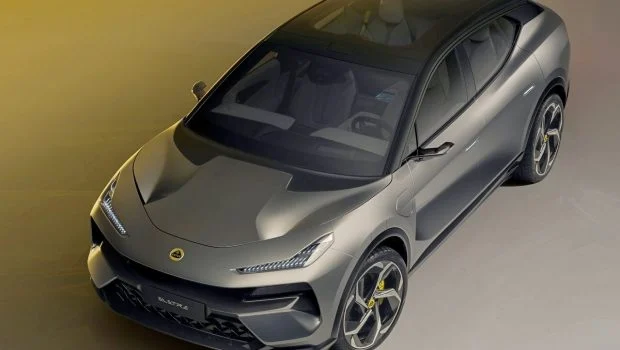
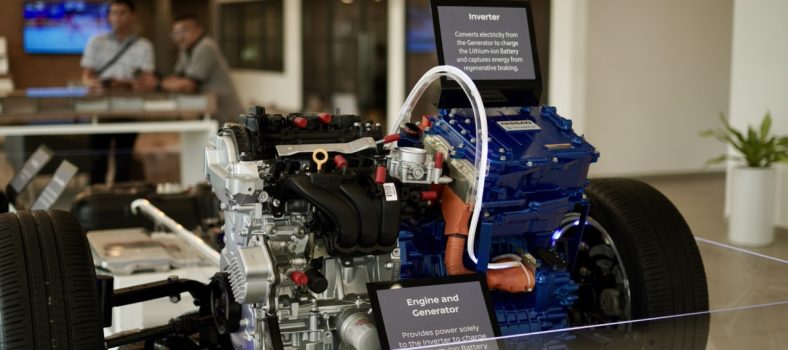
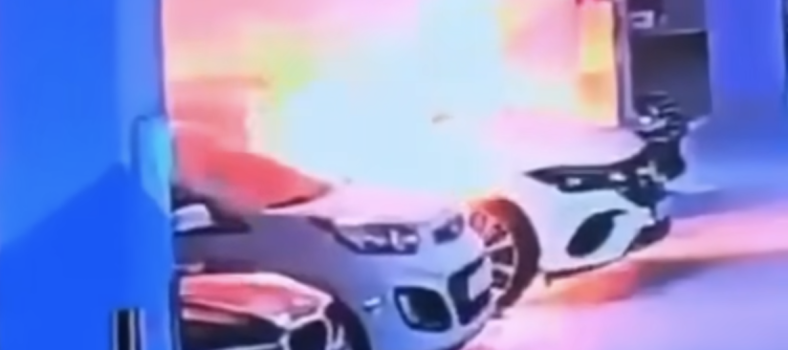
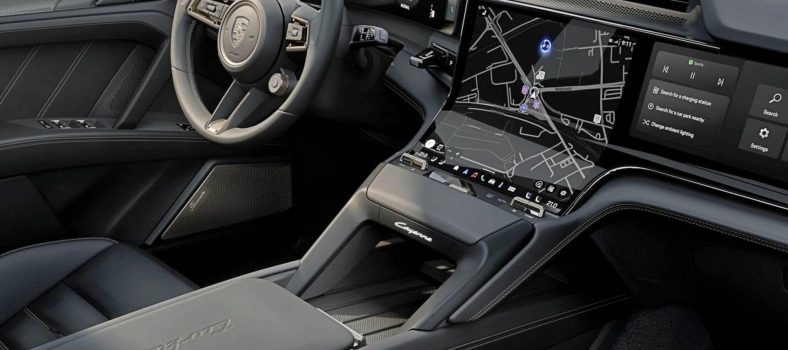
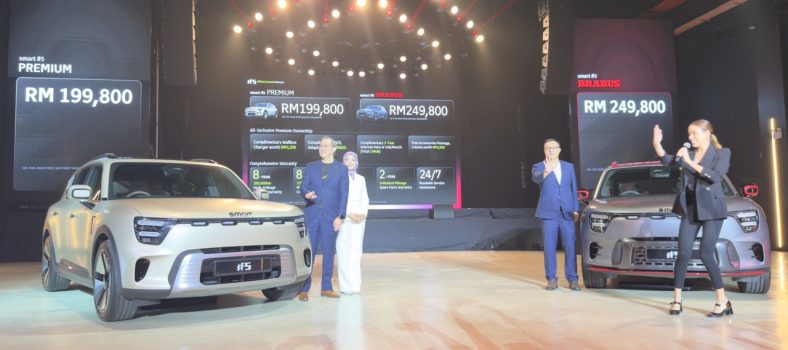
No Comment